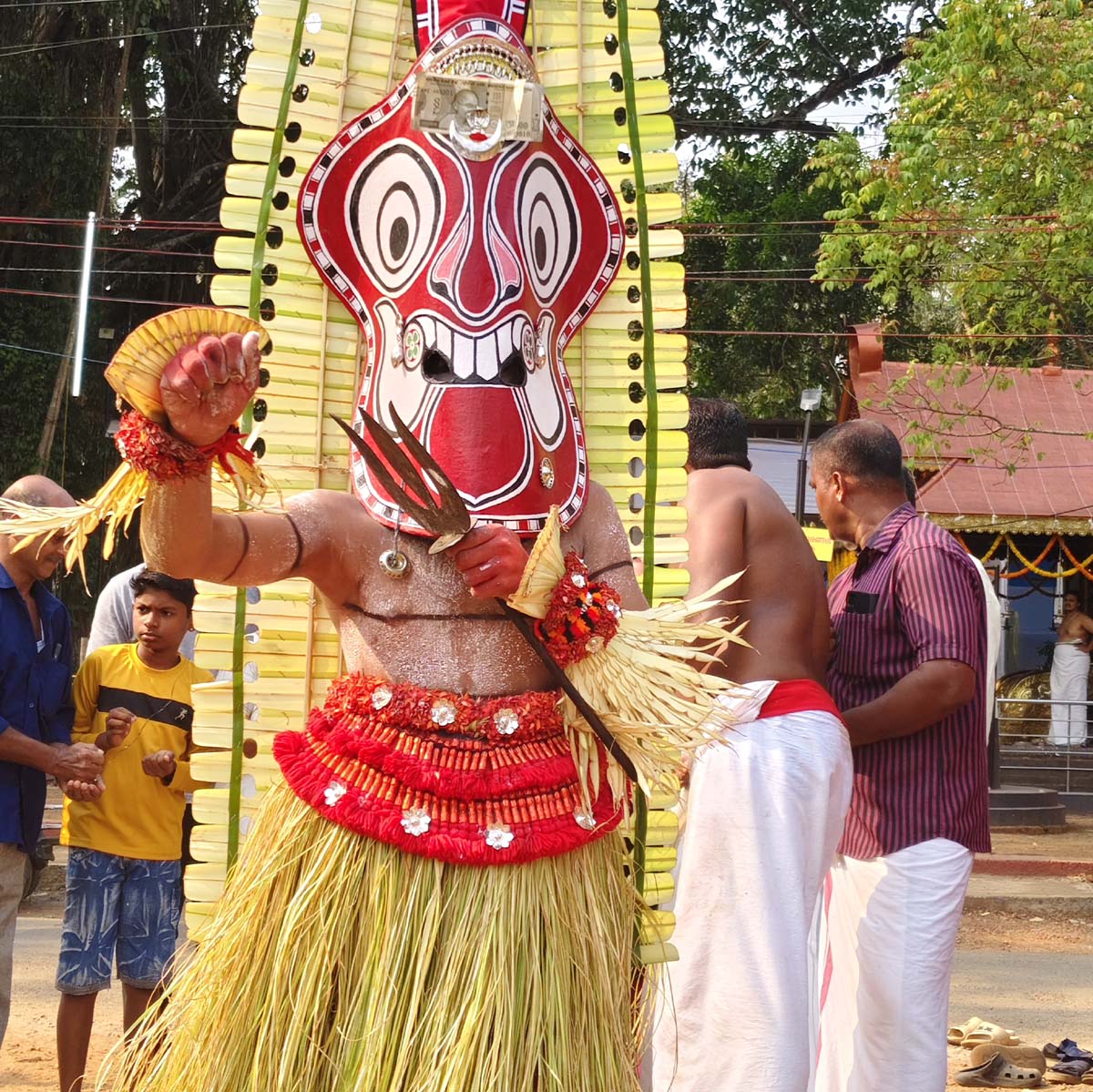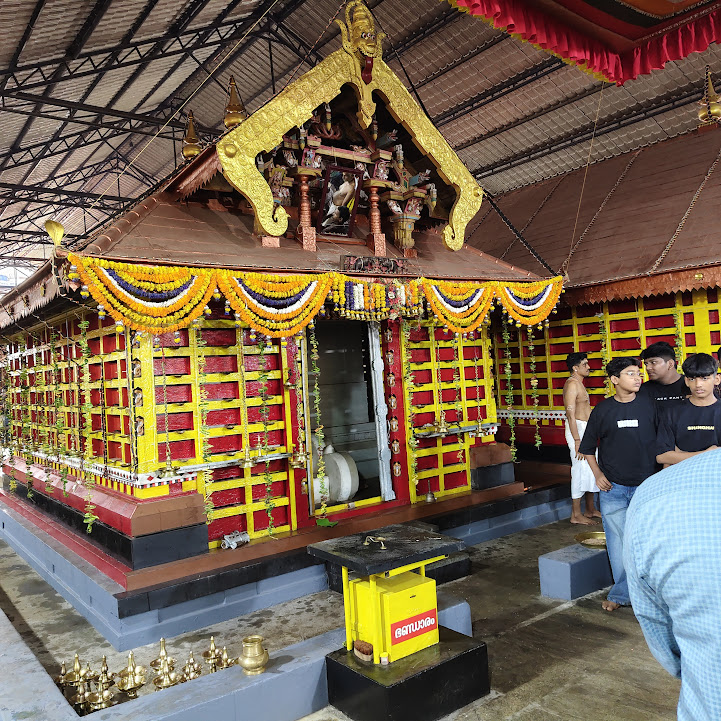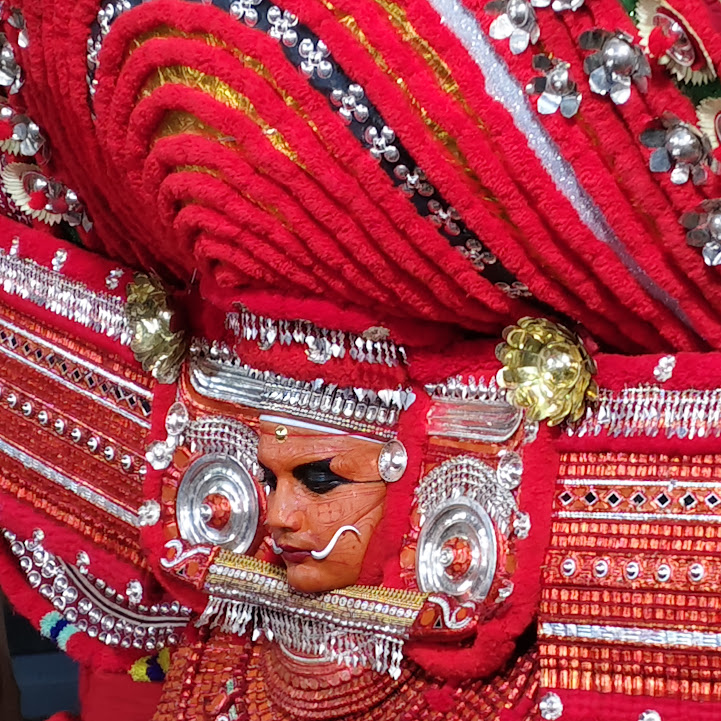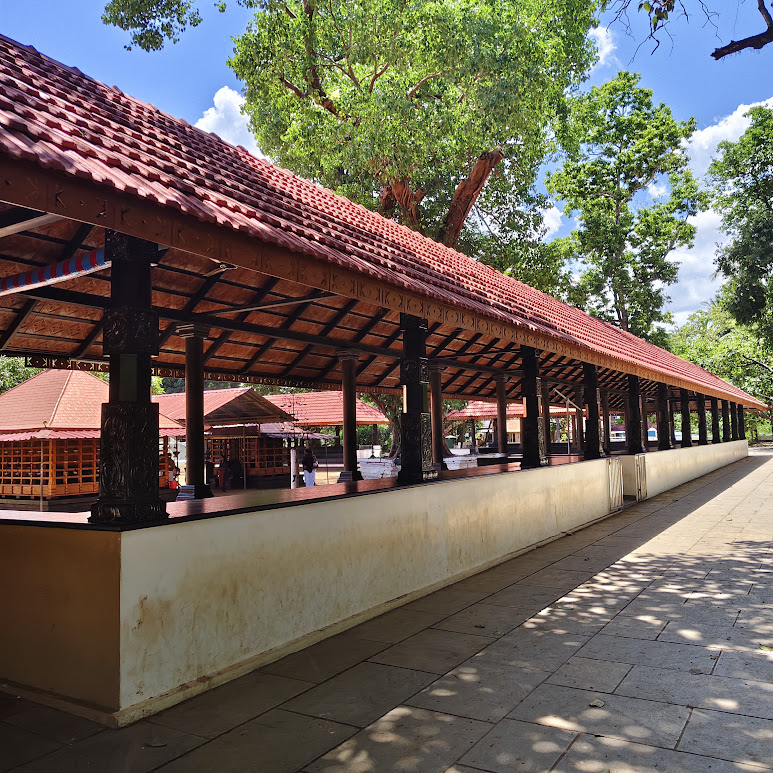I. Introduction: The Malabar Coast’s Living Gods
North Kerala, often designated as North Malabar, stands apart as a region where ancient religious practices are not relics but daily affirmations. This coastal stretch, encompassing the districts of Kannur and Kasaragod, is the sole domain of Theyyam, a ritual art form so potent it transcends mere cultural performance to become the very embodiment of the divine. Theyyam, also known as Kaliyattam or Thira, is recognized as an integral part of Kerala’s intangible heritage, synthesizing ritualistic dance, instrumental music, elaborate painting, and oral literature. Theyyam in Kerala's Folk Traditions." ShodhKosh: Journal of Visual and Performing Arts 5, no. 6 (June 2024): 2374–2376.">1
For the local population, Theyyam is deeply rooted in local collectives and ancestral tradition, providing a direct channel for communication with deities, ancestral spirits, and heroes, from whom blessings and counsel are sought. 2 Unlike structured temple rituals led by priests, Theyyam is performed in temples (*Kavus*) and sacred groves by designated hereditary communities, underscoring its deep connection to the social and cultural fabric of the region. 3 This expert guide serves as both a cultural primer to this magnificent ritual and an essential logistical manual, focusing exclusively on the specific calendar dates and travel services required for a profound and successful journey into North Malabar's spiritual core. The journey is centered entirely within the bastions of the ritual: Kannur and Kasaragod.
II. Decoding the Divine Drama: Mythology and Social Significance
7.1. Profiling Prominent Theyyam Deities

A. The Ancestral Tapestry: History and Evolution
The historical roots of Theyyam are complex, reflecting a deep synthesis of tribal, Dravidian, and Aryan cultural practices that evolved over centuries. 4 Mythology widely credits Parasurama, the mythical sage, with establishing Theyyattam and *Kaliyattam* after creating Kerala, formally sanctioning its performance. 2
The current iteration of the tradition has been preserved and codified over generations, notably through the work of Manakkadan Gurukul, a tantric saint. Historical accounts confirm that Gurukul presented 39 distinct forms of Theyyam to the then King Chirakkal Tampuran of the Kolathiri dynasty, 35 of which became the foundational and consecrated performances that shape the tradition today. 4
A particularly compelling aspect of Theyyam’s history is its socio-religious structure. The responsibility of performing the ritual—of physically transforming into the deity—was entrusted exclusively to indigenous tribes such as the Malayar, Pana, Velan, and Vannan. 2 This institutional practice ensured that these historically marginalized communities retained sanctity and a powerful, visible role within religious gatherings, a crucial feature that distinguishes Theyyam from the hierarchical traditions prevalent in other regions of Kerala. 3
B. The Anatomy of Ritual: Performance and Narrative
The journey of the Theyyam performer into the divine realm is an elaborate, multi-stage process that is essential for the traveler to understand. The ritual commences with the Thottam—a rhythmic, invocatory chant and preliminary dance where the story of the deity is narrated. This invocation, backed by the driving rhythms of folk instruments like the Perumbara, Chenda, and Kuzhal, is the moment when the performer gradually transitions into a trance state. 2 Once fully costumed with fiery makeup and the often colossal *Mudi* (headgear), the performer is no longer considered a human but the *Daivam* (God), providing a living, accessible divine presence for devotees to share their fears, sorrows, and prayers. 3
Many Theyyam forms carry powerful, even revolutionary, narratives that challenge established social orthodoxies, using the divine platform to preserve subaltern histories. For instance, the Muchilottu Bhagavathi Theyyam recounts the tale of a young woman ostracized and punished by patriarchal Brahmin scholars, offering a narrative of resistance and cultural validation for oppressed groups. 4 Similarly, the Thottinkara Bhagavati Theyyam commemorates a woman from the Thiyya community who was murdered by high-caste rulers for the symbolic act of reading religious texts. 4 The fact that the authority to perform these sacred roles, which often critique the traditional ruling classes, rests exclusively with marginalized groups establishes Theyyam as a critical mechanism for social critique and healing within the community. Another notable ritual, the Gulikan Theyyam, representing Yama, the God of Death, is believed to have originated from Lord Shiva’s left toe and involves spectacular, energetic performances featuring unique masks and ornaments. 4
III. The Theyyam Calendar: Timing Your Cultural Pilgrimage
Successful engagement with Theyyam hinges entirely on meticulous adherence to the traditional Malayalam calendar, which dictates the festival dates of all local temples and sacred groves.
A. Defining the Theyyam Season

The season for Theyyam rituals is generally confined to seven months of the year, spanning the cool, dry period in North Malabar:
- The Commencement: The ritualistic cycle traditionally begins on the 10th day of the Malayalam month of *Thulam* (known locally as *Paththaam Udayam*), which typically corresponds to late October or early November. 6
- Peak Activity: The period between November and March offers the highest density of performances, providing the greatest likelihood of witnessing a variety of Theyyams across numerous *Kavus* in both Kannur and Kasaragod districts. 8
- The Conclusion: The season gradually winds down and officially ends around the middle of the Malayalam month of *Edavam* (late May or mid-June). The very last *Kaliyattam* for the season is traditionally performed at the major temples of Madayi Kavu and Kalarivathukkal Bhagavathy Temple, both situated in Kannur. 6
B. Navigating Calendar Uncertainty
Due to the reliance on the Malayalam calendar, which shifts relative to the Gregorian calendar, all dates provided below are approximate and based on historical data. Travelers must expect a potential date change of one day or more annually. 7
The ritual nature of Theyyam dictates that they are not fixed, staged shows, but spontaneous religious events tied to the temple's needs. 8 Therefore, there is always the possibility of cancellation, postponement, or timing changes due to local customs, temple renovation cycles, or special prayers. 8 Furthermore, many ancestral homes (*Tharavadu Devasthanams*) and *Kavus* perform Theyyam only once every two or more years, complicating long-term planning. 8 For these reasons, re-confirmation of the exact dates and times with local guides or temple committees immediately before travel is considered mandatory.
An important pattern in the seasonal schedule determines the optimal itinerary: Theyyam activity tends to initiate in the northernmost district (Kasaragod) in November and systematically moves south, culminating in the late-season festivals predominantly held in the Kannur district (such as the May/June finales). 9 This suggests that travelers aiming for the early season should center their operations in Kasaragod (e.g., Trikaripur/Kanhangad), while those arriving later should concentrate their trip around Kannur (Payyanur/Thalassery).


